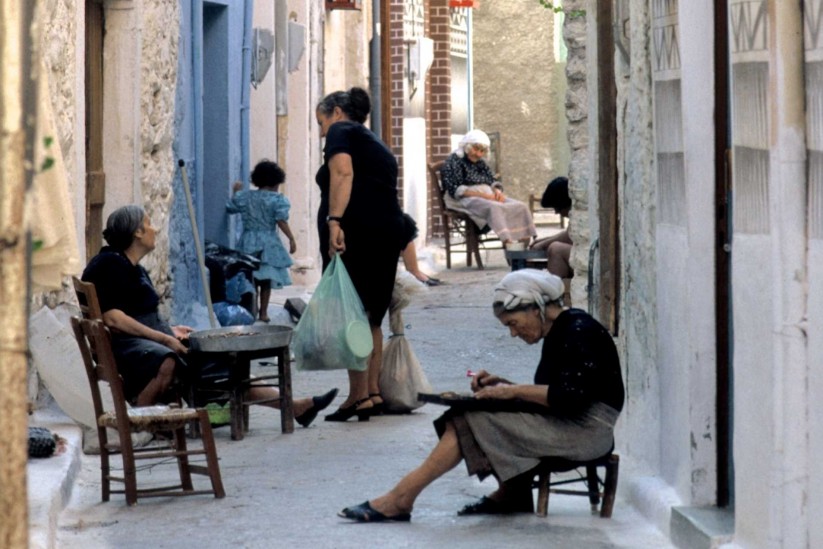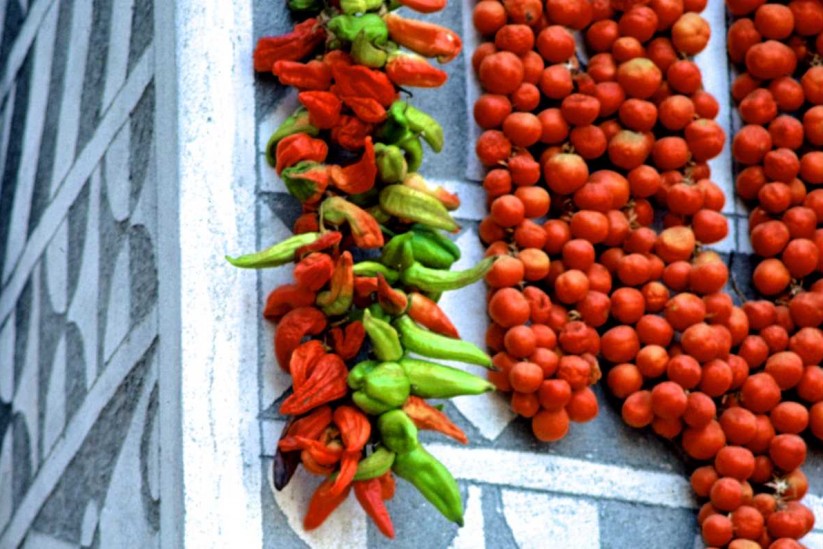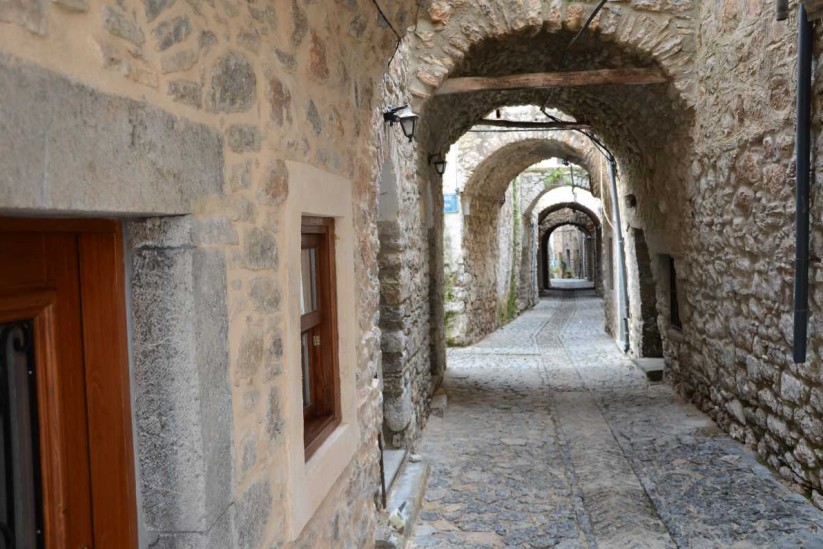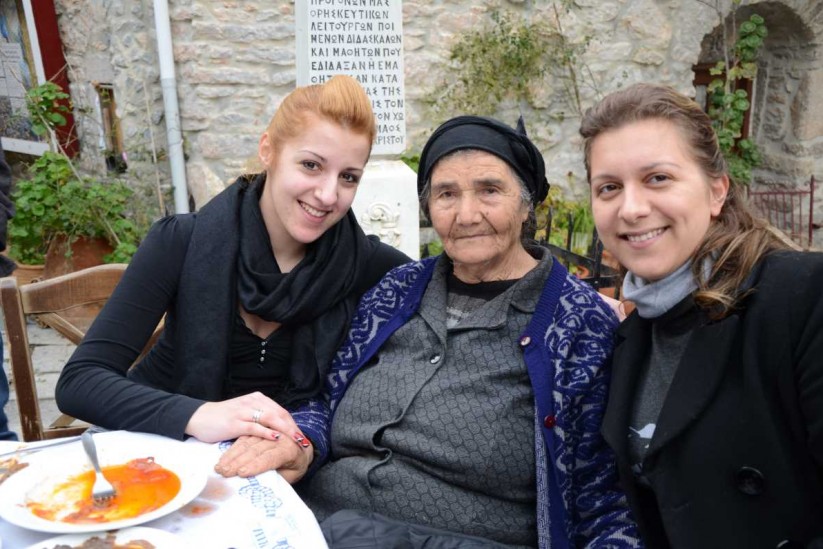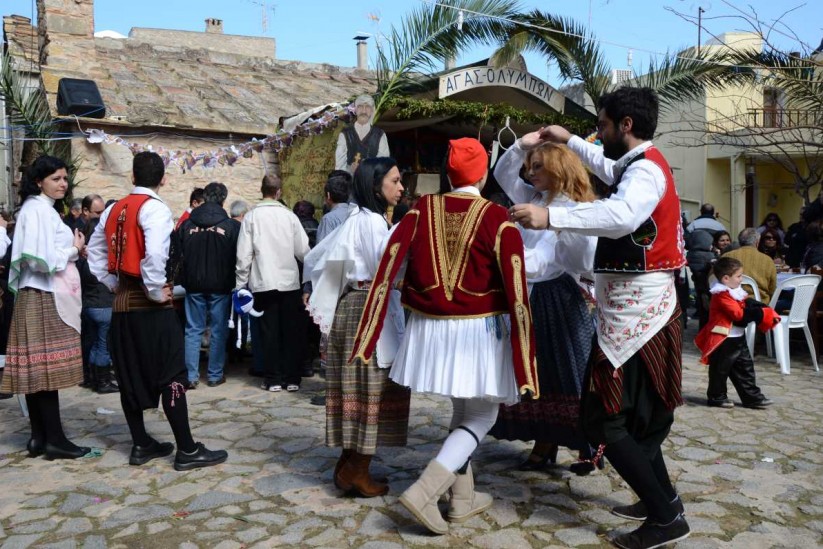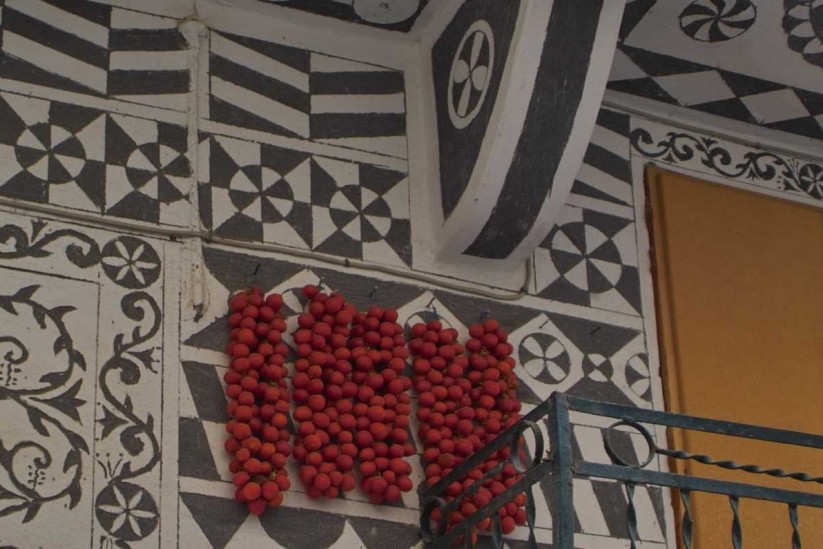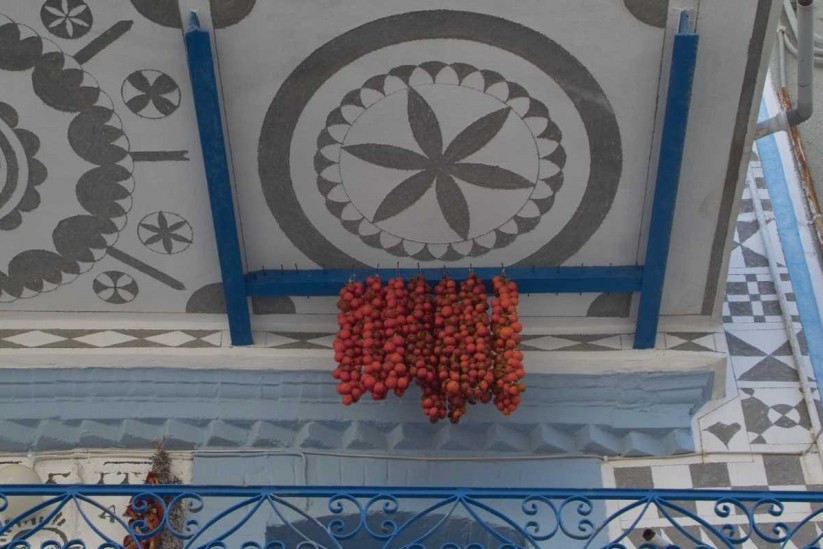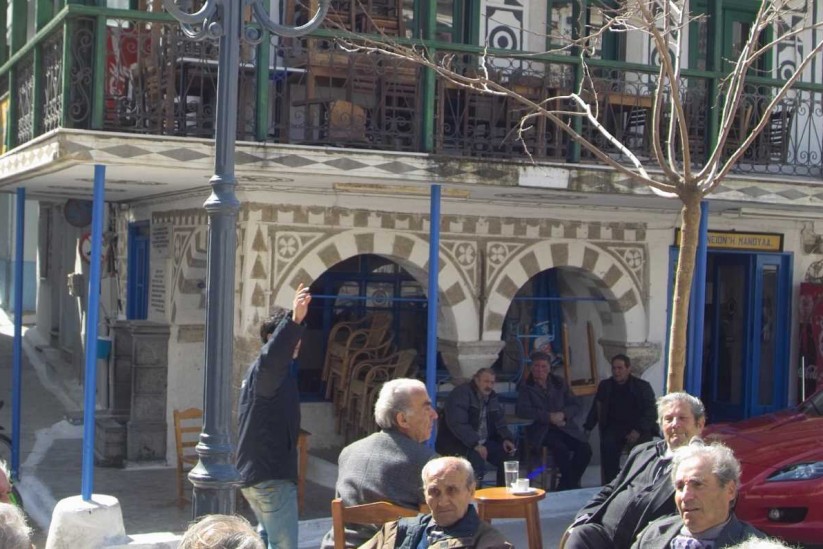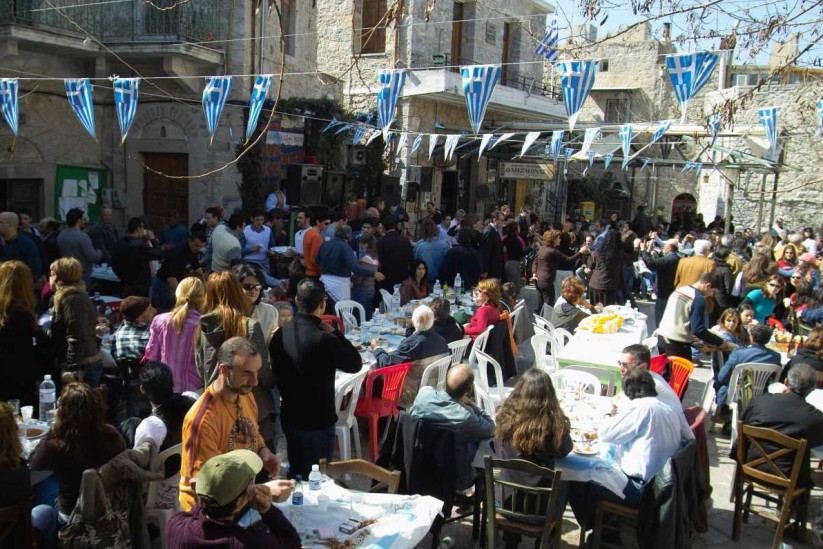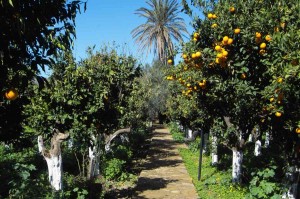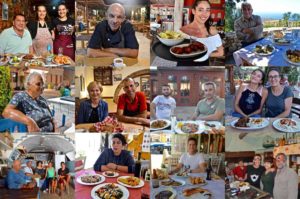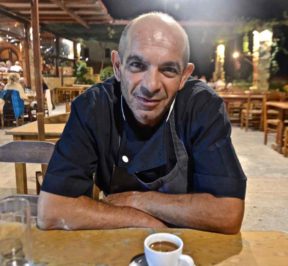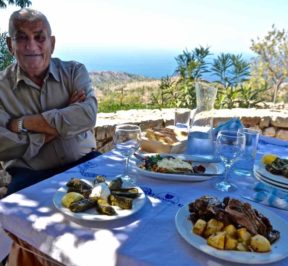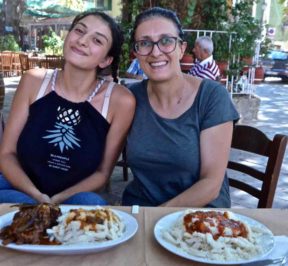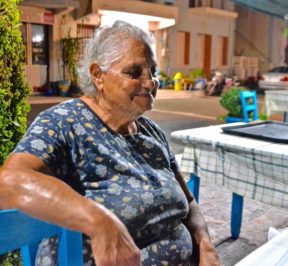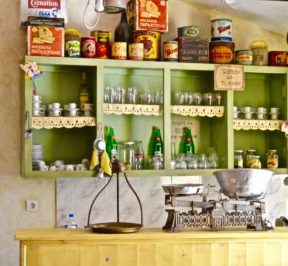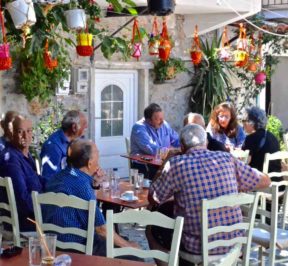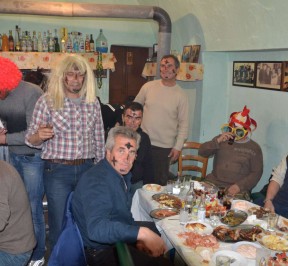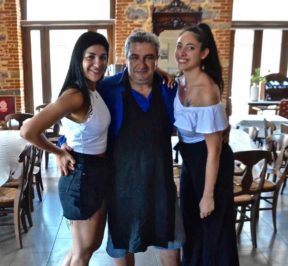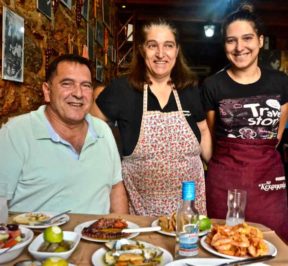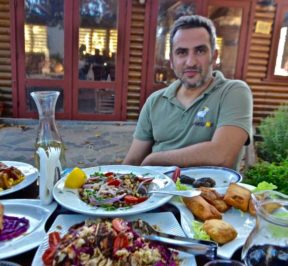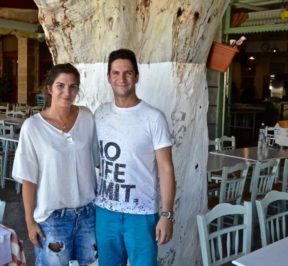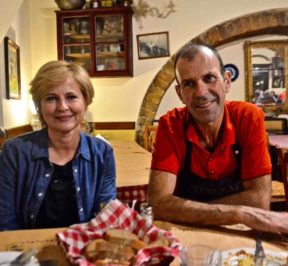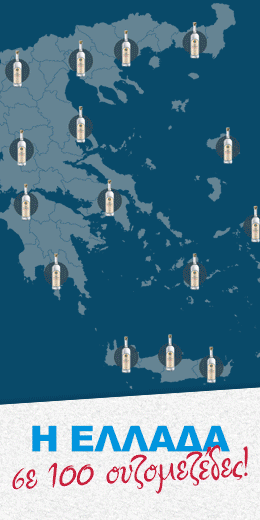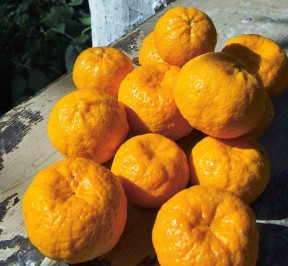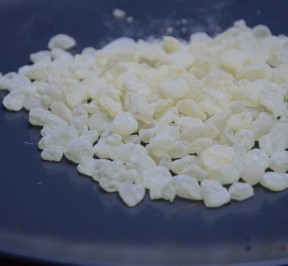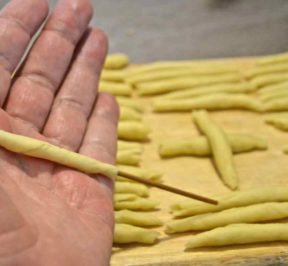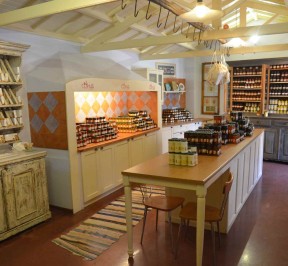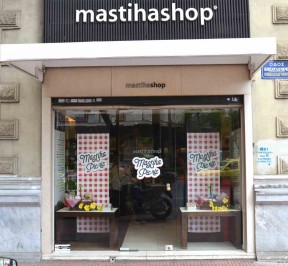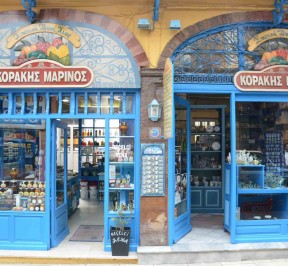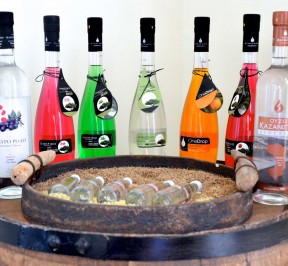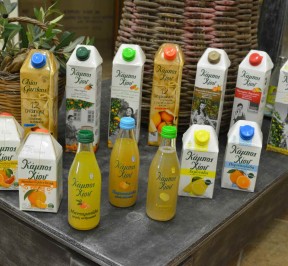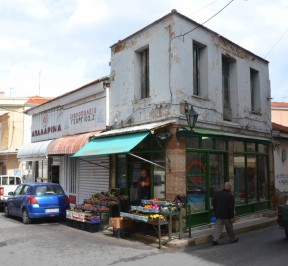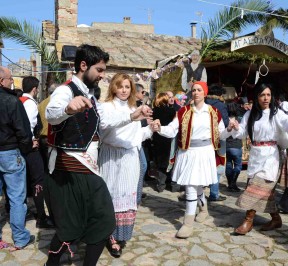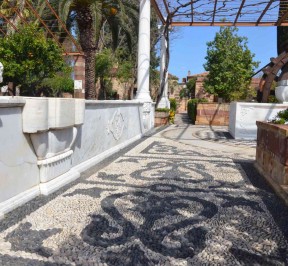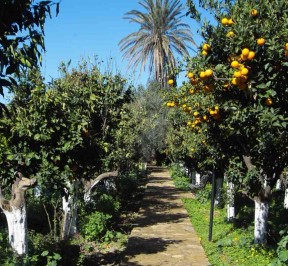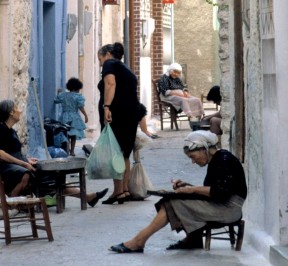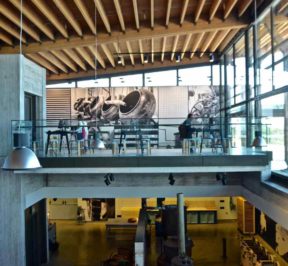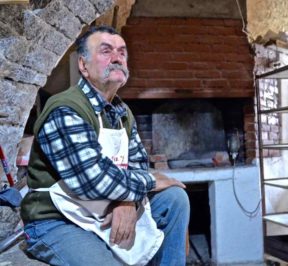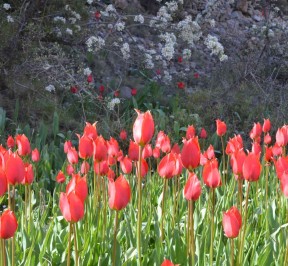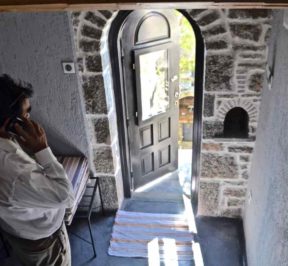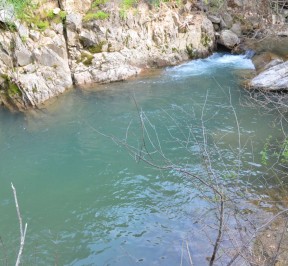Mastic villages
The Mastic villages date back to the Byzantine period, but in the years of Venetian rule (1346-1566) - when the cultivation of mastic was systematized - they took their final form and continue, despite the damage and destruction they have suffered over the centuries, to be monuments of cultural heritage.
Purpose of the establishment and organization of these villages by them Genoese was the systematic exploitation of its monopoly product of mastic. To protect the villagers from the invaders who had flooded the Aegean in medieval times, the settlements were built in places invisible from the sea, and their spatial planning took on a fortified form, with common features, such as the closed quadrilateral shape and the perimeter of the last houses to the outside to form a defensive wall.
According to some researchers, Columbus was a descendant of a Venetian family from Pyrgi, according to others he visited Chios before he discovered America! Anyway, Christopher Columbus lived in Chios, and in fact in Tower, where his house is still preserved. He seems to have persuaded many Greek sailors to follow him on his voyage to discover India, as he then thought. In any case, the name Columbus is engraved on many doors in Pyrgi - a priest with this surname traces his family's origins to the island to over 600 years, and Christopher Columbus himself wrote in a letter to the queen. Spain, that mastic has been discovered only in Greece, at island of Chios, from where they can load as much as they want.
When the Ottomans occupied the island in 1566, they considered it so important Mastic villages, so that they were granted privileges. In fact, they allowed them to become an autonomous administrative area that belongs directly to the Palace, under the protection of the respective Valide Sultana (queen mother).
A privileged product for cleaning the mouth (the whole harem of the Sultan chewed mastic) in East and West, but also sought after in Islam (they used it to season bread and give a cool taste to water), where it was loved and incorporated into its culture. culture, Mastic has been a great source of income for the Mastic Villages for centuries.
Today, the Chios Mastic produced in 24 villages on the island of Chios, which are characterized as traditional or preserved settlements from the Ministry of Culture, with the best known Armols, The Incense, The Kalamoti, The Callimasia, The Mesta, Their Olympus and Tower.
Contact
- AddressMastic villages, Chios
- CategorySightseeing
- LeaseChios
Lease
PLACE & HISTORY - TRADITIONAL KITCHEN
TAVERNS - RESTAURANTS - CAFES
PRODUCTS - DISHES

